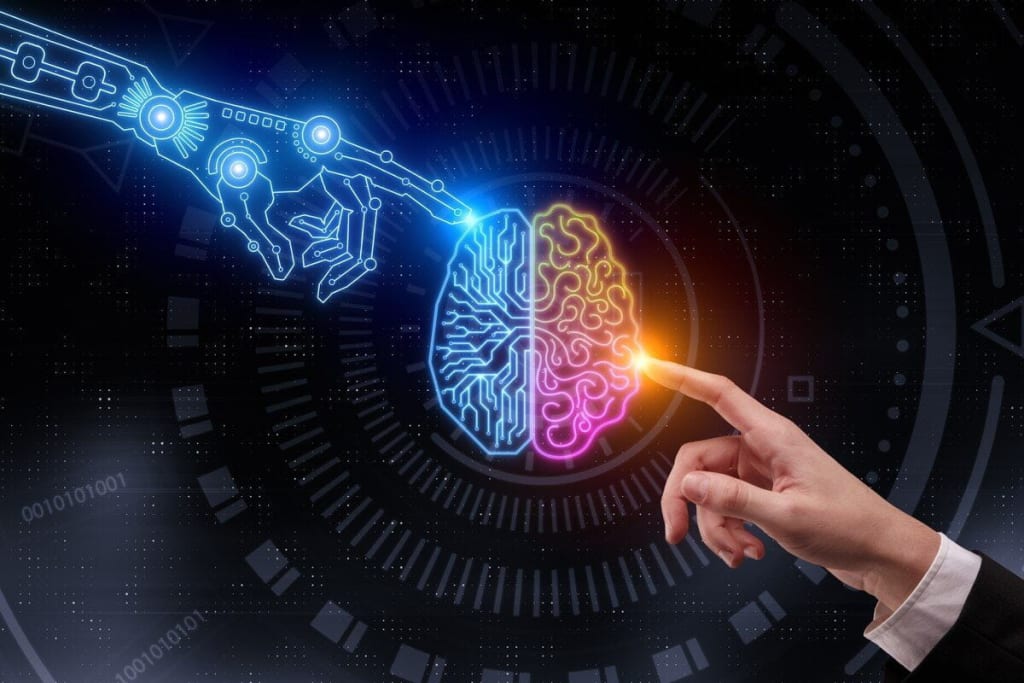
If it feels like the future of AI is a rapidly changing landscape, that’s because the present innovations in the field of artificial intelligence are accelerating at such a blazing-fast pace that it’s tough to keep up.
Indeed, artificial intelligence is shaping the future of humanity across nearly every industry. It is already the main driver of emerging technologies like big data, robotics and IoT — not to mention generative AI, with tools like ChatGPT and AI art generators garnering mainstream attention — and it will continue to act as a technological innovator for the foreseeable future.
Roughly 44 percent of companies are looking to make serious investments in AI and integrate it into their businesses. And of the 9,130 patents received by IBM inventors in 2021, 2,300 were AI-related.
It seems likely that AI is going to (continue to) change the world. But how, exactly?
The Evolution of AI
AI’s influence on technology is due in part because of how it impacts computing. Through AI, computers have the ability to harness massive amounts of data and use their learned intelligence to make optimal decisions and discoveries in fractions of the time that it would take humans.
AI has come a long way since 1951, when the first documented success of an AI computer program was written by Christopher Strachey, whose checkers program completed a whole game on the Ferranti Mark I computer at the University of Manchester.
Since then, AI has been used to help sequence RNA for vaccines and model human speech, technologies that rely on model- and algorithm-based machine learning and increasingly focus on perception, reasoning and generalization. With innovations like these, AI has re-taken center stage like never before — and it won’t cede the spotlight anytime soon.
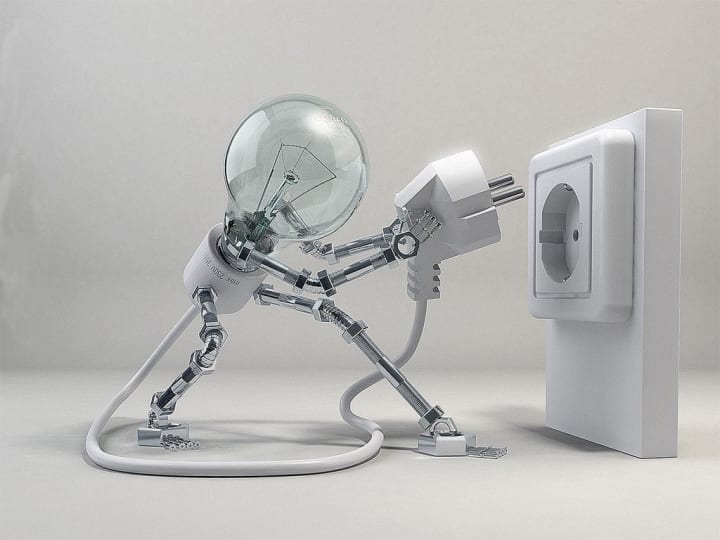
What Industries Will AI Change?
There’s virtually no major industry that modern AI — more specifically, “narrow AI,” which performs objective functions using data-trained models and often falls into the categories of deep learning or machine learning — hasn’t already affected. That’s especially true in the past few years, as data collection and analysis has ramped up considerably thanks to robust IoT connectivity, the proliferation of connected devices and ever-speedier computer processing.
“I think anybody making assumptions about the capabilities of intelligent software capping out at some point are mistaken,” David Vandegrift, CTO and co-founder of the customer relationship management firm 4Degrees, said.
With companies spending billions of dollars on AI products and services annually, tech giants like Google, Apple, Microsoft and Amazon spending billions to create those products and services, universities making AI a more prominent part of their curricula and the U.S. Department of Defense upping its AI game, big things are bound to happen.
“Lots of industries go through this pattern of winter, winter, and then an eternal spring,” former Google Brain leader and Baidu chief scientist Andrew Ng told ZDNet. “We may be in the eternal spring of AI.”
Some sectors are at the start of their AI journey, others are veteran travelers. Both have a long way to go. Regardless, the impact AI is having on our present day lives is hard to ignore.
AI IN TRANSPORTATION
Transportation is one industry that is certainly teed up to be drastically changed by AI. Self-driving cars and AI travel planners are just a couple of facets of how we get from point A to point B that will be influenced by AI. Even though autonomous vehicles are far from perfect, they will one day ferry us from place to place.
AI IN MANUFACTURING
Manufacturing has been benefiting from AI for years. With AI-enabled robotic arms and other manufacturing bots dating back to the 1960s and 1970s, the industry has adapted well to the powers of AI. These industrial robots typically work alongside humans to perform a limited range of tasks like assembly and stacking, and predictive analysis sensors keep equipment running smoothly.
AI IN HEALTHCARE
It may seem unlikely, but AI healthcare is already changing the way humans interact with medical providers. Thanks to its big data analysis capabilities, AI helps identify diseases more quickly and accurately, speed up and streamline drug discovery and even monitor patients through virtual nursing assistants.
AI IN EDUCATION
AI in education will change the way humans of all ages learn. AI’s use of machine learning, natural language processing and facial recognition help digitize textbooks, detect plagiarism and gauge the emotions of students to help determine who’s struggling or bored. Both presently and in the future, AI tailors the experience of learning to student’s individual needs.
AI IN MEDIA
Journalism is harnessing AI too, and will continue to benefit from it. One example can be seen in The Associated Press’ use of Automated Insights, which produces thousands of earning reports stories per year. But as generative AI writing tools, such as ChatGPT, enter the market, questions about their use in journalism abound.
AI IN CUSTOMER SERVICE
Most people dread getting a robo-call, but AI in customer service can provide the industry with data-driven tools that bring meaningful insights to both the customer and the provider. AI tools powering the customer service industry come in the form of chatbots and virtual assistants.
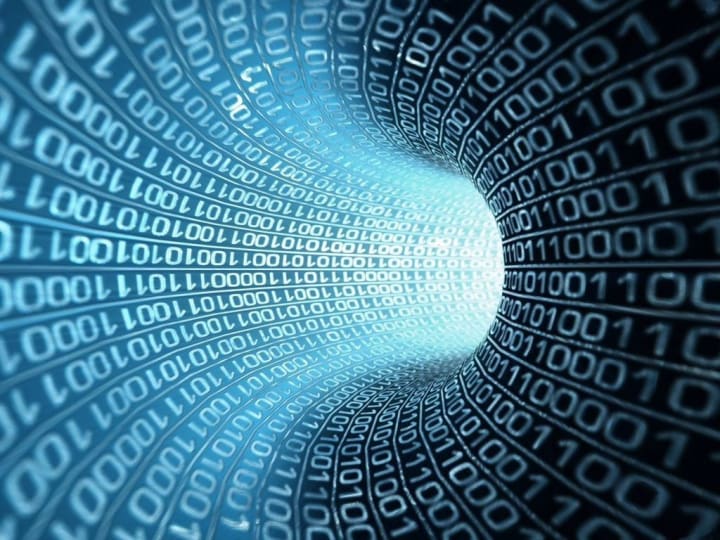
The Impact of AI on Society
HOW AI WILL CHANGE WORK
During a lecture at Northwestern University, AI expert Kai-Fu Lee championed AI technology and its forthcoming impact while also noting its side effects and limitations. Of the former, he warned:
In the warehouses of online giant and AI powerhouse Amazon, which buzz with more than 100,000 robots, picking and packing functions are still performed by humans — but that will change.
Lee’s opinion was echoed by Infosys president Mohit Joshi, who told the New York Times, “People are looking to achieve very big numbers. Earlier they had incremental, five to 10 percent goals in reducing their workforce. Now they’re saying, ‘Why can’t we do it with one percent of the people we have?’”
On a more upbeat note, Lee stressed that today’s AI is useless in two significant ways: it has no creativity and no capacity for compassion or love. Rather, it’s “a tool to amplify human creativity.” His solution? Those with jobs that involve repetitive or routine tasks must learn new skills so as not to be left by the wayside. Amazon even offers its employees money to train for jobs at other companies.
“One of the absolute prerequisites for AI to be successful in many [areas] is that we invest tremendously in education to retrain people for new jobs,” said Klara Nahrstedt, a computer science professor at the University of Illinois at Urbana–Champaign and director of the school’s Coordinated Science Laboratory.
She’s concerned that’s not happening widely or often enough. Marc Gyongyosi, founder of Onetrack.AI, is even more specific.
“People need to learn about programming like they learn a new language,” he said. “And they need to do that as early as possible because it really is the future. In the future, if you don’t know coding, you don’t know programming, it’s only going to get more difficult.”
While many of those who are forced out of jobs by technology will find new ones, Vandegrift said, that won’t happen overnight. As with America’s transition from an agricultural to an industrial economy during the Industrial Revolution, which played a big role in causing the Great Depression, people eventually got back on their feet. The short-term impact, however, was massive.
“The transition between jobs going away and new ones [emerging],” Vandegrift said, “is not necessarily as painless as people like to think.”
Mike Mendelson, a learner experience designer for NVIDIA, is a different kind of educator than Nahrstedt. He works with developers who want to learn more about AI and apply that knowledge to their businesses.
“If they understand what the technology is capable of and they understand the domain very well, they start to make connections and say, ‘Maybe this is an AI problem, maybe that’s an AI problem,’” he said. “That’s more often the case than ‘I have a specific problem I want to solve.’”
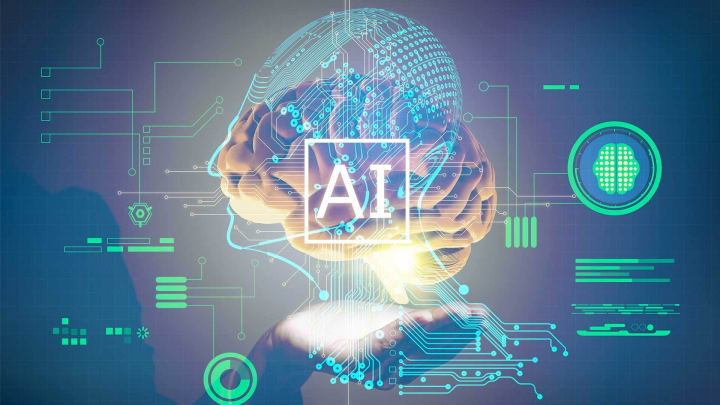
THE NEAR FUTURE OF AI
In Mendelson’s view, some of the most intriguing AI research and experimentation that will have near-future ramifications is happening in two areas: “reinforcement” learning, which deals in rewards and punishment rather than labeled data; and generative adversarial networks (GAN for short) that allow computer algorithms to create rather than merely assess by pitting two nets against each other. The former is exemplified by the prowess of Google DeepMind’s AlphaGo Zero, the latter by original image or audio generation that’s based on learning about a certain subject like celebrities or a particular type of music.
On a far grander scale, AI is poised to have a major effect on sustainability, climate change and environmental issues. Ideally and partly through the use of sophisticated sensors, cities will become less congested, less polluted and generally more livable.
“Once you predict something, you can prescribe certain policies and rules,” Nahrstedt said. Such as sensors on cars that send data about traffic conditions could predict potential problems and optimize the flow of cars. “This is not yet perfected by any means,” she said. “It’s just in its infancy. But years down the road, it will play a really big role.”
AI AND PRIVACY RISKS
Of course, much has been made of the fact that AI’s reliance on big data is already impacting privacy in a major way. Look no further than Cambridge Analytica’s Facebook shenanigans or Amazon’s Alexa eavesdropping, two among many examples of tech gone wild. Without proper regulations and self-imposed limitations, critics argue, the situation will get even worse. In 2015, Apple CEO Tim Cook derided competitors Google and Meta for greed-driven data mining.
“They’re gobbling up everything they can learn about you and trying to monetize it,” he said in a 2015 speech. “We think that’s wrong.”
Later, during a talk in Brussels, Belgium, Cook expounded on his concern.
“Advancing AI by collecting huge personal profiles is laziness, not efficiency,” he said. “For artificial intelligence to be truly smart, it must respect human values, including privacy. If we get this wrong, the dangers are profound.”
Plenty of others agree. In a 2018 paper published by UK-based human rights and privacy groups Article 19 and Privacy International, anxiety about AI is reserved for its everyday functions rather than a cataclysmic shift like the advent of robot overlords.
“If implemented responsibly, AI can benefit society,” the authors wrote. “However, as is the case with most emerging technology, there is a real risk that commercial and state use has a detrimental impact on human rights.”
The authors concede that the collection of large amounts of data can be used for trying to predict future behavior in benign ways, like spam filters and recommendation engines. But there’s also a real threat that it will negatively impact personal privacy and the right to freedom from discrimination.
Preparing for the Future of AI
THE POSSIBILITIES OF ARTIFICIAL GENERAL INTELLIGENCE
Speaking at London’s Westminster Abbey in late 2018, internationally renowned AI expert Stuart Russell joked (or not) about his “formal agreement with journalists that I won’t talk to them unless they agree not to put a Terminator robot in the article.”
His quip revealed an obvious contempt for Hollywood representations of far-future AI, which tend toward the overwrought and apocalyptic. What Russell referred to as “human-level AI,” also known as artificial general intelligence (AGI), has long been fodder for fantasy. But the chances of its being realized anytime soon, or at all, are pretty slim.
“There are still major breakthroughs that have to happen before we reach anything that resembles human-level AI,” Russell explained.
Russel also pointed out that AI is not currently equipped to fully understand language. This shows a distinct difference between humans and AI at the present moment: Humans can translate machine language and understand it, but AI can’t do the same for human language. However, if we reach a point where AI is able to understand our languages, AI systems would be able to read and understand everything ever written.
“Once we have that capability, you could then query all of human knowledge and it would be able to synthesize and integrate and answer questions that no human being has ever been able to answer,” Russell added, “because they haven’t read and been able to put together and join the dots between things that have remained separate throughout history.”
This offers us a lot to think about. On the subject of which, emulating the human brain is exceedingly difficult and yet another reason for AGI’s still-hypothetical future. Longtime University of Michigan engineering and computer science professor John Laird has conducted research in the field for several decades.
“The goal has always been to try to build what we call the cognitive architecture, what we think is innate to an intelligence system,” he says of work that’s largely inspired by human psychology. “One of the things we know, for example, is the human brain is not really just a homogenous set of neurons. There’s a real structure in terms of different components, some of which are associated with knowledge about how to do things in the world.”
That’s called procedural memory. Then there’s knowledge based on general facts, a.k.a. semantic memory, as well as knowledge about previous experiences (or personal facts) which is called episodic memory. One of the projects at Laird’s lab involves using natural language instructions to teach a robot simple games like Tic-Tac-Toe and puzzles. Those instructions typically involve a description of the goal, a rundown of legal moves and failure situations. The robot internalizes those directives and uses them to plan its actions. As ever, though, breakthroughs are slow to come — slower, anyway, than Laird and his fellow researchers would like.
“Every time we make progress,” he says, “we also get a new appreciation for how hard it is.”
IS AGI A THREAT TO HUMANITY?

More than a few leading AI figures subscribe (some more hyperbolically than others) to a nightmare scenario that involves what’s known as “singularity,” whereby superintelligent machines take over and permanently alter human existence through enslavement or eradication.
The late theoretical physicist Stephen Hawking famously postulated that if AI itself begins designing better AI than human programmers, the result could be “machines whose intelligence exceeds ours by more than ours exceeds that of snails.” Elon Musk believes and has warned that AGI is humanity’s biggest existential threat. Efforts to bring it about, he has said, are like “summoning the demon.” He has even expressed concern that his pal, Google co-founder Larry Page could accidentally shepherd something “evil” into existence despite his best intentions.
Even Gyongyosi rules nothing out. He’s no alarmist when it comes to AI predictions, but at some point, he says, humans will no longer need to train systems; they’ll learn and evolve on their own.
“I don’t think the methods we use currently in these areas will lead to machines that decide to kill us,” Gyongyosi said. “I think that maybe five or 10 years from now, I’ll have to reevaluate that statement because we’ll have different methods available and different ways to go about these things.
While murderous machines may well remain fodder for fiction, many believe they’ll supplant humans in various ways.
Oxford University’s Future of Humanity Institute published the results of an AI survey. Titled “When Will AI Exceed Human Performance? Evidence from AI Experts,” it contains estimates from 352 machine learning researchers about AI’s evolution in years to come.
There were lots of optimists in this group. By 2026, a median number of respondents said, machines will be capable of writing school essays; by 2027 self-driving trucks will render drivers unnecessary; by 2031 AI will outperform humans in the retail sector; by 2049 AI could be the next Stephen King and by 2053 the next Charlie Teo. The slightly jarring capper: By 2137, all human jobs will be automated. But what of humans themselves? Sipping umbrella drinks served by droids, no doubt.
Diego Klabjan, a professor at Northwestern University and founding director of the school’s Master of Science in Analytics program, counts himself an AGI skeptic.
“Currently, computers can handle a little more than 10,000 words,” he said. “So, a few million neurons. But human brains have billions of neurons that are connected in a very intriguing and complex way, and the current state-of-the-art [technology] is just straightforward connections following very easy patterns. So going from a few million neurons to billions of neurons with current hardware and software technologies — I don’t see that happening.”


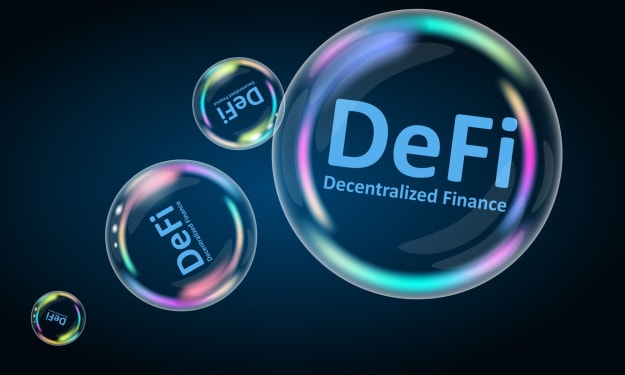



Comments
There are no comments for this story
Be the first to respond and start the conversation.